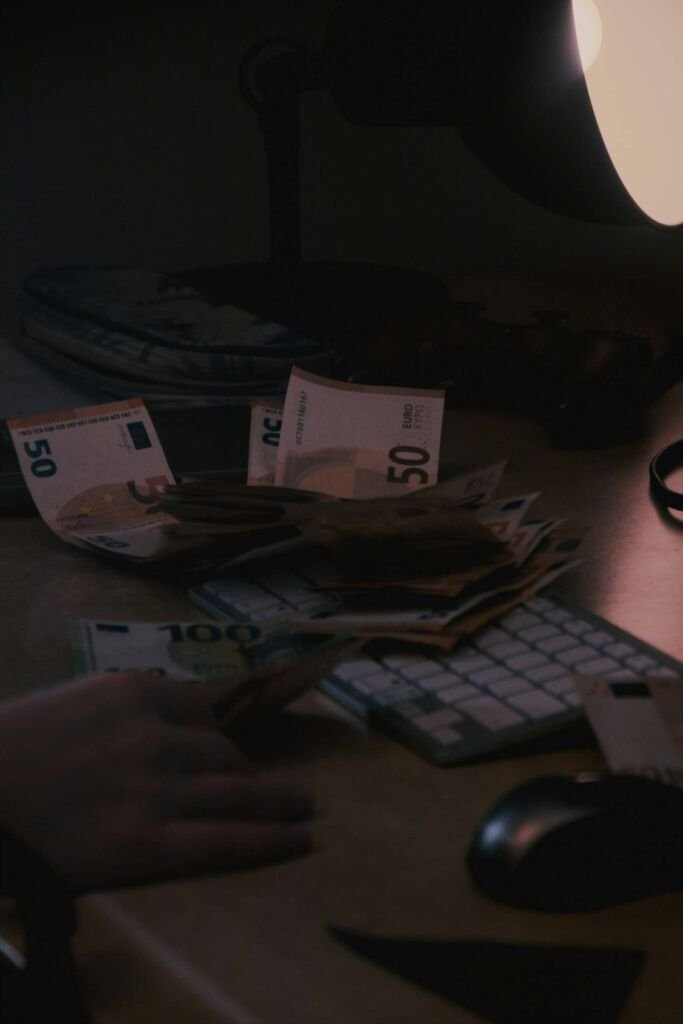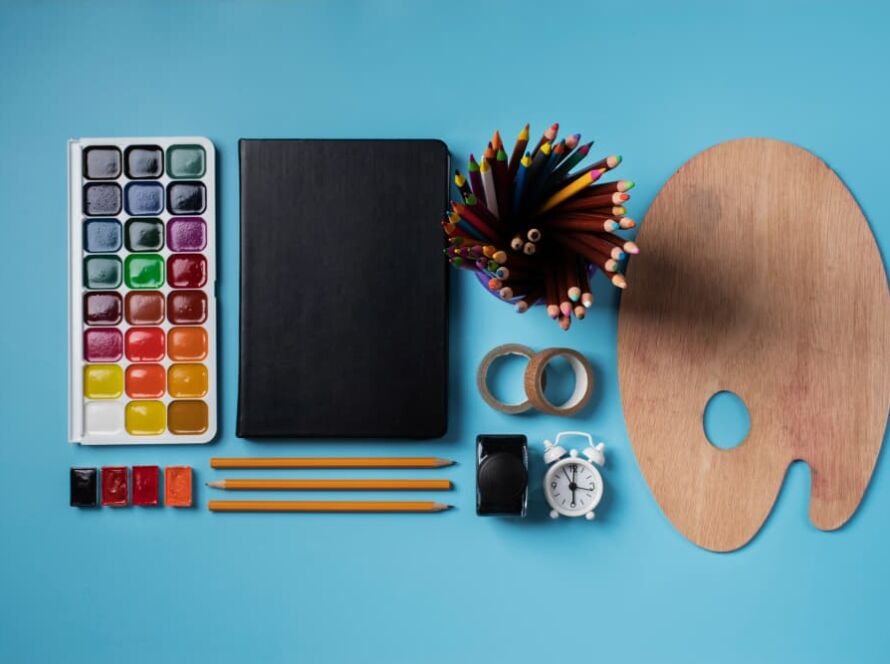Learn how to budget a film like a pro—even on a small budget. From pre-production to post, here’s a full breakdown of budgeting for indie film success.
Let’s be real—budgeting isn’t the sexy side of filmmaking. But if you don’t take your film budget seriously, you’ll end up with a hard drive full of unfinished footage and an inbox full of unpaid invoices. Whether you’re producing a short film or your first feature, learning how to budget a film properly is one of the most essential pre-production steps you can’t afford to wing. Here’s a realistic guide to building a film budget breakdown that supports—not sabotages—your vision.
Step 1: Break Down Your Script (Scene by Scene)
Before you even touch numbers, you need to break down your script to understand every single cost tied to your story. This is standard for both big-budget and low budget filmmaking.
Look for:
- Number of locations and whether they need permits
- Size of your cast and any extras
- Equipment-heavy scenes (drone shots, VFX, special lighting)
- Props, wardrobe, and scene-specific logistics
- Travel and accommodation (especially for out-of-town shoots)
Think of this step as your movie budget planning blueprint. No guesswork—just line items.

Step 2: Use the 5 Core Budget Buckets
- Pre-Production
- Script rewrites
- Casting sessions
- Location scouting
- Legal & contracts
- Storyboarding
2. Production
- Gear rentals (camera, lighting, sound)
- Crew wages
- Feeding & transportation
- Daily logistics
3. Post-Production
- Editing
- Color grading
- Sound design
- Deliverables
- Marketing & Distribution
- Trailer production
- Poster & social media creatives
- Festival fees
- Promo ads
5. Contingency Fund (10–20%)
- Extra fuel costs, gear damage, weather delays—this is your safety net.
This structure is the same whether you’re budgeting for an indie film or a blockbuster.

Step 3: Know When to Save vs Spend
You’re not broke—you’re resourceful. But being too cheap can hurt your film. Here’s a balanced approach:
- DIY when it comes to editing (if you’re good), wardrobe, or BTS content.
- Spend on sound design, a strong DP, and legal clearances. Trust us—audiences
forgive low-res visuals faster than bad audio.
This is key for anyone in low budget filmmaking—cutting corners is okay when it’s strategic.
Step 4: Use Tools That Make Budgeting Easier
There’s no award for suffering through Excel. Use filmmaker-friendly tools to stay organized:
- StudioBinder – Great for breakdowns and scheduling
- Google Sheets – Easy to share your short film budget example
- Movie Magic Budgeting – Industry standard (if you have the budget for it)
- Notion / Trello – Great for tracking pre-production tasks
Step 5: Monitor Your Expenses Daily
Nothing tanks a shoot faster than surprise expenses. Track your spending live—during pre-production, shoot days, and post.
Update your budget sheet every evening, or assign someone on your team to handle
this daily.
Budgeting for an indie film isn’t “set and forget”—it’s “set, track, and tweak.”
Final Word: Budget Like a Pro, Even If You’re Still Indie
You don’t need a Netflix deal to budget smart. A well-planned film budget is what allows you to tell the story without stopping halfway through production.
Get familiar with:
- Film budget breakdown structures
- Short film budget examples
- And tools for managing film expenses
Because creativity without structure = chaos.

Let’s Strategize Together
Book a quick chat with our team to share your brand or campaign goals. We’ll tailor a walkthrough to show how we help businesses like yours build strategic content plans, align with audience insights, prioritize creative direction, and measure real results.



